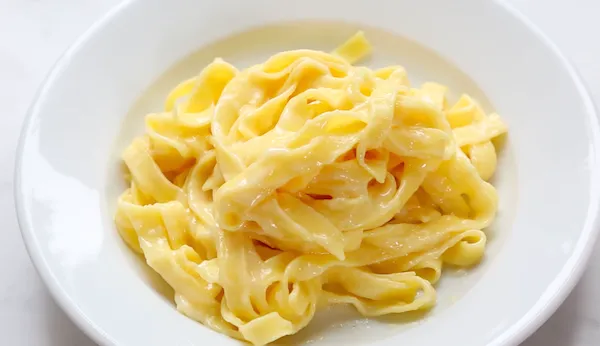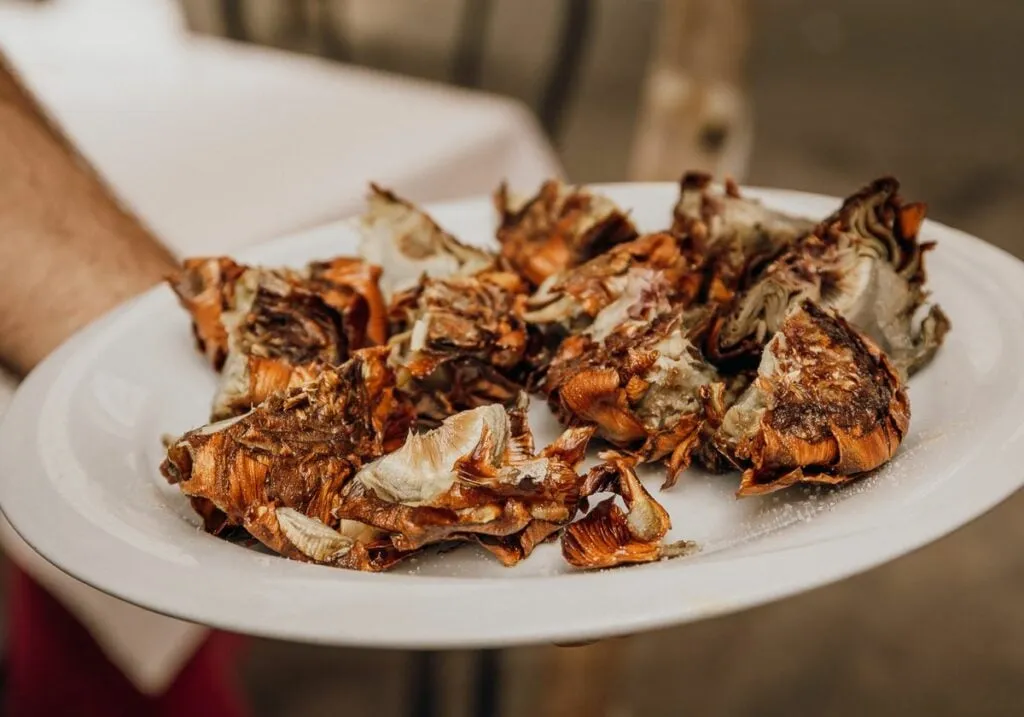Rome, the Eternal City, is not only a treasure trove of historical and cultural heritage but also a paradise for Italian food lovers. With countless traditional trattorias, cozy osterias, and friendly street vendors, Rome offers an unforgettable culinary journey. But Italian cuisine goes beyond just pizza and pasta; it’s also about discovering the unique and delicate flavors of this land.
Roman cuisine, with its emphasis on fresh ingredients and simple preparations, is an integral part of the local culture. Fresh vegetables, virgin olive oil, and fresh seafood are the main components, creating dishes rich in Mediterranean flavor. So, what’s the best way to discover authentic Roman cuisine? Join us as we explore Louisiana table-side dining, where you not only enjoy the food but also experience a unique culinary culture.
Discovering Roman Cuisine Through Table-Side Dishes
Carbonara – The Queen of Roman Pasta
Carbonara pasta rightfully deserves to be the queen of Roman pasta dishes. The harmonious combination of simple ingredients such as cured pork cheek (guanciale), egg yolks, pecorino cheese, and freshly ground black pepper creates a perfect dish. Carbonara is typically served with rigatoni or spaghetti, offering a rich, savory, and irresistible flavor.

Maritozzi – The Sweet Taste of Roman Breakfast
Before cornetti became popular, Romans often enjoyed maritozzi for breakfast. These soft, sweet buns filled with whipped cream are a must-try in any Roman culinary exploration. You can find maritozzi at Pasticceria Regoli, a historic bakery near Piazza Vittorio square.

Carciofi alla Romana and Carciofi alla Giudia – Artichokes, Symbols of Roman Cuisine
Artichokes are an integral part of Roman cuisine. You can find artichokes in most Roman trattorias, simply prepared by cooking in hot oil or butter. Carciofi alla Romana (Roman-style artichokes) and carciofi alla Giudia (Jewish-style artichokes) are two of the most popular ways to prepare artichokes, each offering a distinct flavor.

Filetti di Baccalà Fritta – Crispy Fried Salt Cod Fillets
Baccalà, or Italian salt cod, is another Roman delicacy. Roman eateries often serve baccalà as an appetizer, fried in a light and crispy batter. This dish is a perfect combination of the saltiness of the cod and the crispness of the crust, creating a unique culinary experience.
Coda alla Vaccinara – Oxtail Stew, the Essence of Roman Cuisine
Coda alla vaccinara (oxtail stew) is considered the pinnacle of Roman cuisine. To prepare this dish, oxtail is stewed in a tomato and wine broth, combined with pine nuts, raisins, freshly ground black pepper, cloves, and sometimes chocolate. This dish offers a rich, complex, and captivating flavor.
Trippa alla Romana – Roman Tripe, A Dish for Connoisseurs
Roman tripe (trippa alla Romana) is a beloved local dish. Fresh tripe is simmered in a rich tomato sauce, flavored with mint, and then served with freshly grated pecorino cheese. This dish is an excellent choice for adventurous eaters and those looking to explore new flavors.
Cacio e Pepe – The Elegant Simplicity of Roman Pasta
Cacio e pepe is another iconic dish among Roman pasta dishes. Everything you need to know about preparing this basic yet delicious dish is in the name: “Cacio” is the local dialect word for pecorino cheese, and “pepe” is the word for black pepper.

Legend has it that this dish was prepared for Roman shepherds, who needed a simple, filling meal to take with them while tending sheep. Cacio e pepe is not just a dish, but also a part of Roman history and culture.
A Unique Culinary Experience at Louisiana
To truly understand and savor Roman cuisine, there’s nothing like experiencing Louisiana table-side dining. Here, you not only enjoy delicious dishes but also witness the meticulous and elaborate preparation process of talented chefs. You’ll immerse yourself in a warm, friendly atmosphere and learn about the history and culinary culture of this region.
Louisiana is not just a place, but a journey of discovery. Let us guide you through ancient streets, bustling markets, and cozy family restaurants, where you will savor authentic Roman dishes and feel the rhythm of local life.
Conclusion
Roman cuisine is an integral part of Rome’s culture and history. From rich carbonara pasta to sweet maritozzi, each dish tells its own story. Experiencing Louisiana table-side dining will give you a deeper insight into Roman cuisine and help you discover the unique flavors of this region. Come and experience it, so that Rome is not just a tourist destination but also an unforgettable culinary journey.